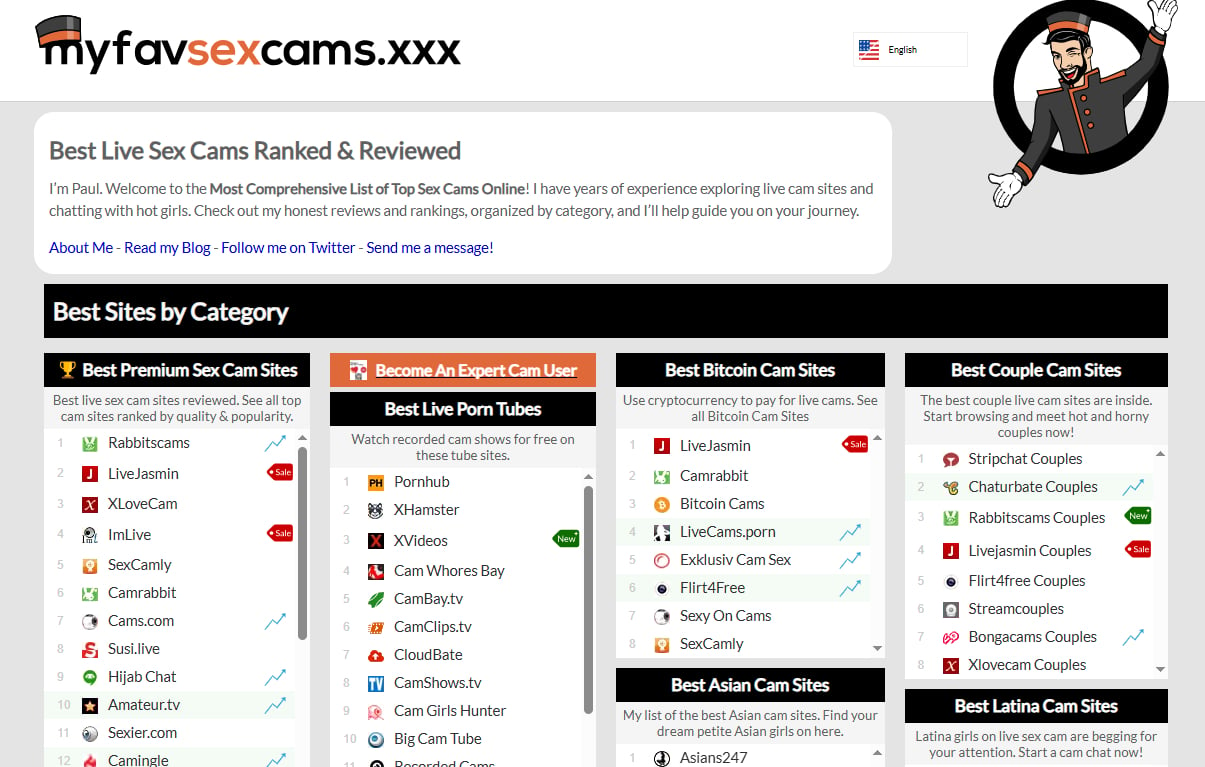None of us are excited to be in quarantine, but we’re all learning to make the best of a bad situation.
And if you want to stay on top of the situation, you need to eat the right foods and stay healthy. Not only does it keep the virus at bay, it also helps your mind stay in good shape so you weather whatever life throws at you.
But what’s the best way to eat healthy? And how do you do so without going to the grocery store every two days to buy fresh produce?
There’s plenty of advice about what to eat, how to eat, and even what time to eat to be healthy. You don’t really need to listen to all of that. All you need to do is to keep it simple.
Here are four simple but surefire ways to eat healthy and stay healthy in a pandemic.
Listen to Your Body
We’re all constantly snacking and looking for comfort food during quarantine. It’s really easy to grab all kinds of snacks when you’re sitting in the house all day.
When you’re at work, you tend to eat on a regular basis, and you pack good snacks. But when you’re at home all day long, you can get bored and eat anything in sight just to stave away the boredom.
If you want to eat right, you have to know when your body is sending you hunger signals. It’s simple, really. Eat when your body tells you it’s hungry, don’t when it doesn’t.

When you start to feel hungry, that’s when you need to eat. Don’t put it off until you’re famished. If you eat as soon as you feel the first hunger pangs, you won’t be tempted to stuff your face with a pile of food your body doesn’t really need.
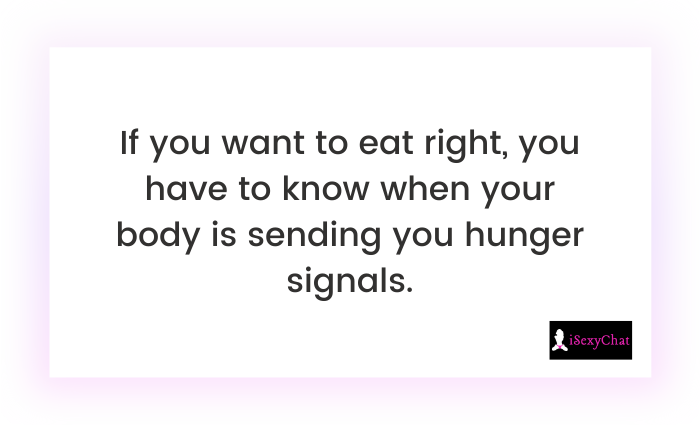
Stock Up on the Essentials
This one’s a no-brainer. Everyone knows you have to eat more fruits and vegetables. And everyone knows they’re probably not getting in the right amounts.
But in the time of a pandemic, not a lot of people are likely getting their fill of greens. That’s because fresh produce goes bad quickly. And because we’re all trying to minimize our trips to the grocery store, we’re not getting as much fresh produce as nutritionists would like.
Here’s a tip: Don’t be afraid of canned and frozen produce. Fresh is best, but research shows the nutritional content of fresh, canned, and frozen fruits and vegetables are about the same.
When you’re planning your meals, use fresh produce first, and then follow it up with frozen or canned.
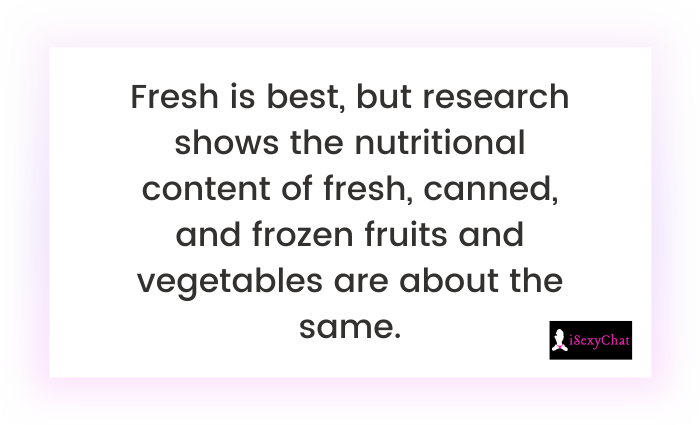
Line Up Your Pantry With Non-Perishable Goods
You’ve got your greens. You’ve got your friends. You also need healthy foods that can sit on your pantry shelves before they go bad.
Examples include dried beans. Beans provide protein and fiber, which both make you feel fuller longer. You can choose dried or canned beans. If you choose canned beans, rinse them thoroughly to get rid of the salt. You might also want to stock up on whole grains, such as rice, quinoa, and pasta.
Canned meats and soups are a great option as well. Canned tuna is a great source of protein, while canned fatty fish like salmon and mackerel are rich in heart-healthy omega-3 fatty acids. Look for canned meats that pack in more than 10 grams of protein per serving. If you’re stocking on soups, look for low-sodium soups that won’t increase your risk of heart failure.
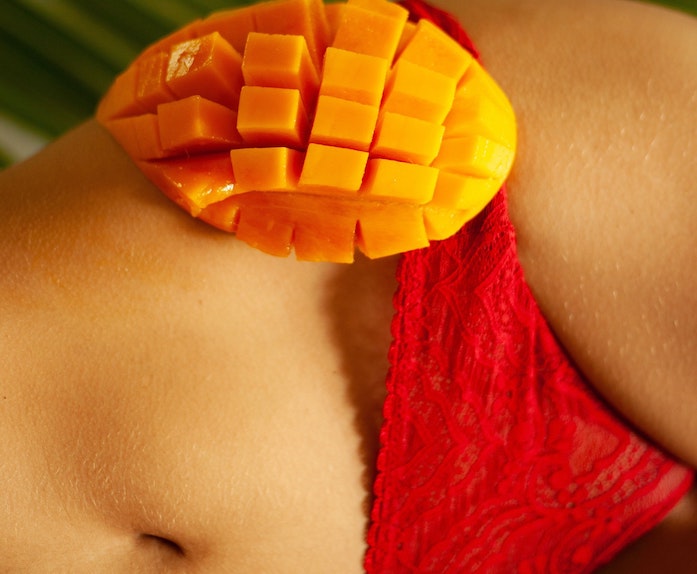
Finally, you need some nuts and nut butters on your kitchen shelves. Almond butter, pecan butter, and peanut butter taste good with apples, celery, or whole-grain crackers. You can add dried fruit as well. Dried fruits and nuts are healthy snack choices that are much better than cookies or chips.
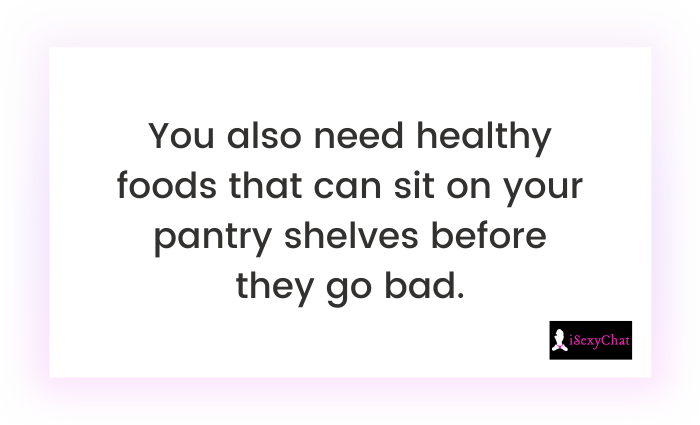
Freeze It, Baby
We are all cooking a lot more these days.
If you’re cooking more than usual, you can save yourself time and money by doubling up your cooking and freezing that extra portion for use later.
If you freeze it, you only have to get it out in the morning so you can heat it up when you’re ready to eat.


